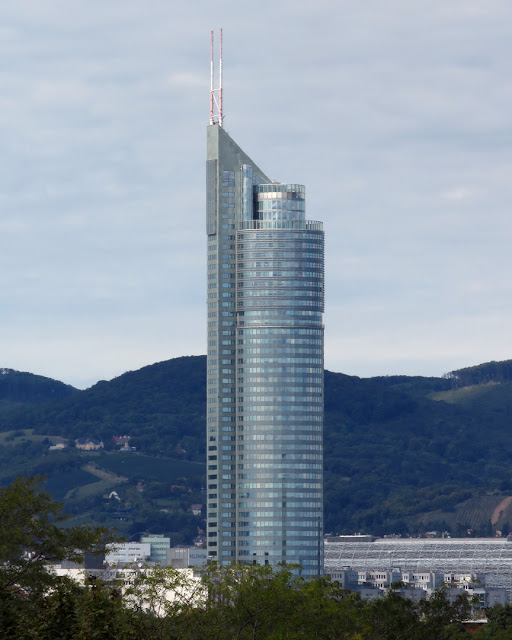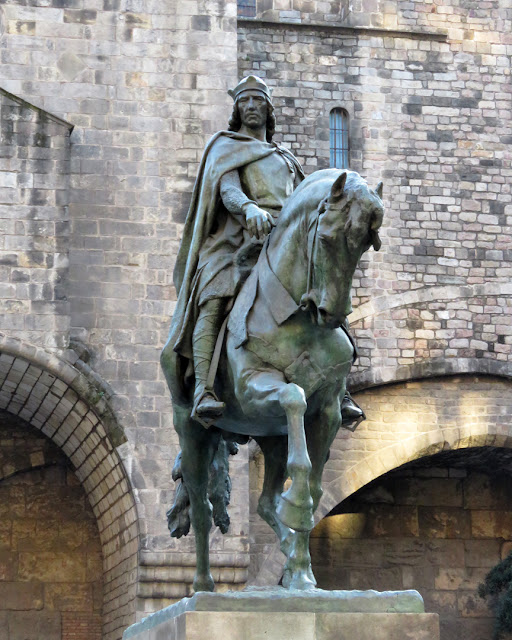Clock with Hebrew numerals (letters)
Židovská radnice (Jewish Town Hall), Josefov
Prague, September 2017
“The Jewish Town Hall (Czech: Židovská radnice) in Josefov, Prague, was constructed adjacent to the Old New Synagogue on the corner of Maiselova and Červená Ulice in 1586 in Renaissance style under the sponsorship of Mayor Mordechai Maisel. It acquired its Rococo facade in the 18th century. The building was the main meeting house of the local Jewish community but is currently closed to the public. It is perhaps best known for its two clocks, one on a tower with Roman numeral markings, the other, lower, has Hebrew numerals, which are the same as letters in the Hebrew alphabet. The Hebrew numerals begin with aleph and continue counterclockwise around the clock dial.” (Jewish Town Hall, Wikipedia)
Post 3,653 of 3,653 - This blog will end on December 31st
This is the last post of this blog. For the best part of ten years we have posted our daily photos, now it is time to stop, surely with some regrets. We wish to thank our faithful readers, they could always follow us on a similar Instagram account:
A few new posts will probably find their way to these pages now and then.


















































